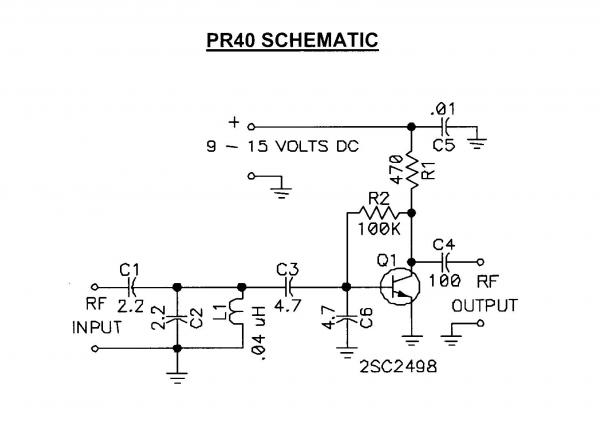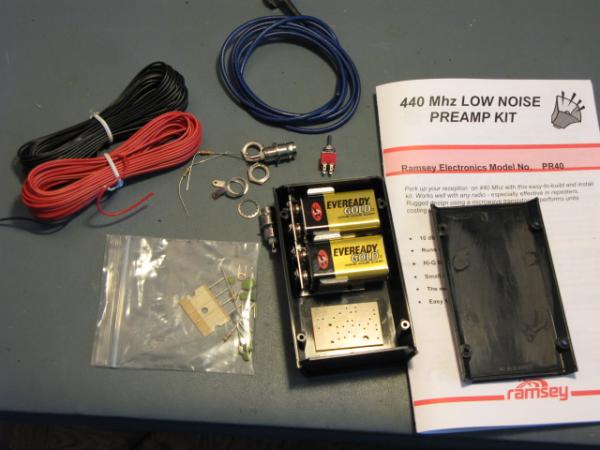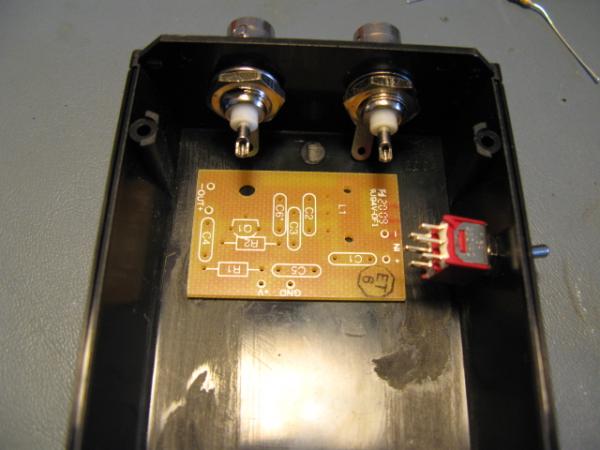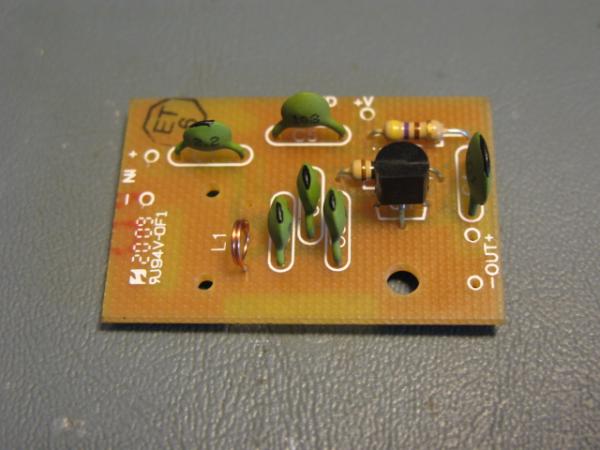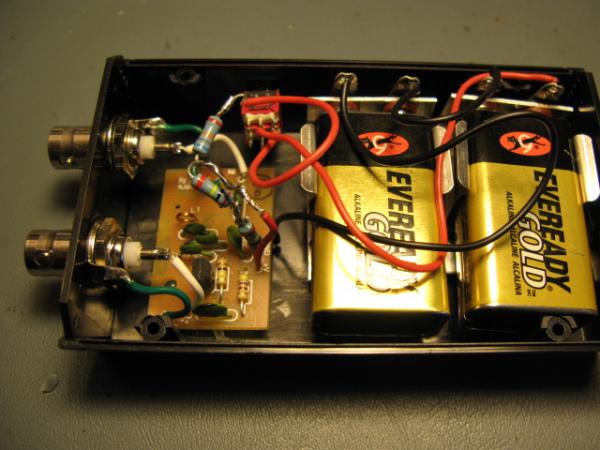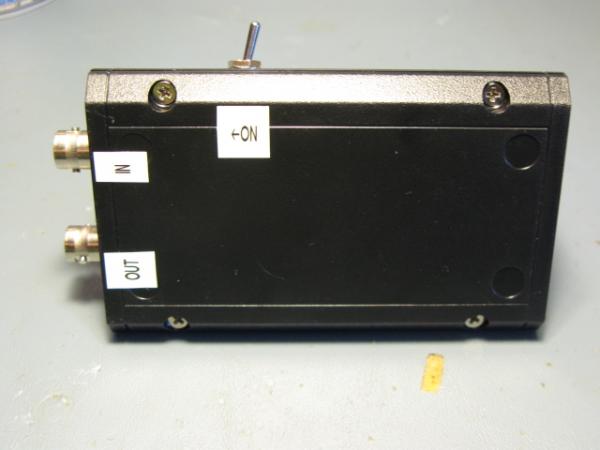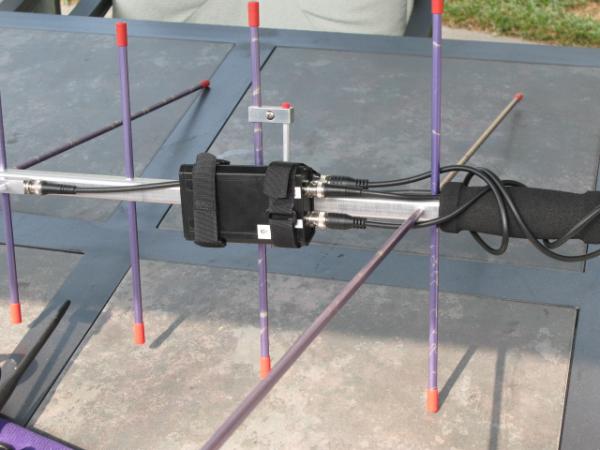I decided to look for a 440Mhz preamp to use with my handheld 2m/440 Arrow satellite yagi. After some sticker shock at the prices of factory devices, I started looking for some kits. Since this preamp won't be inline while transmitting, I didn't need to worry about bypassing it while TX'ing.
That's when I came across the Ramsey 440 Mhz Preamp kit for $15. They also have 2m and 220mhz kits. It only comes with the preamp circuit - no box, RF connectors, and no switches. You can get it here:
PR10, PR20, PR40 - 2 Meter, 220 MHz, 440 MHz Preamps - Ramsey Electronics
I got the kit today and boy is it simple. This thing is really only a couple dollars of parts. You can download the instructions from Ramsey's website, but they omit the schematic. I'll scan the included schematic and upload it here so others can build it on their own.
Here's a quick pic of the contents of the kit:
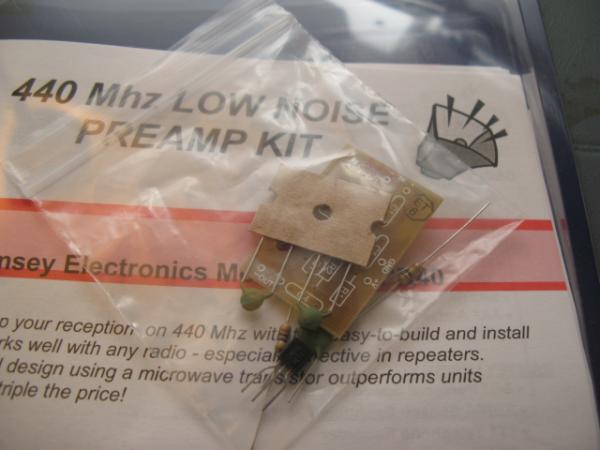
I still need to pick up a project box, some BNC connectors, some super small coax, and a switch to bypass and turn off the amp. This kit runs on 9-16VDC. The manual says you'll get about 20db gain and I'm assuming that's at it's max voltage. So when I figure out how to power it, I'll either try to find some higher voltage batteries, or use two 9V batteries in series with a simple voltage divider circuit.
That's when I came across the Ramsey 440 Mhz Preamp kit for $15. They also have 2m and 220mhz kits. It only comes with the preamp circuit - no box, RF connectors, and no switches. You can get it here:
PR10, PR20, PR40 - 2 Meter, 220 MHz, 440 MHz Preamps - Ramsey Electronics
I got the kit today and boy is it simple. This thing is really only a couple dollars of parts. You can download the instructions from Ramsey's website, but they omit the schematic. I'll scan the included schematic and upload it here so others can build it on their own.
Here's a quick pic of the contents of the kit:

I still need to pick up a project box, some BNC connectors, some super small coax, and a switch to bypass and turn off the amp. This kit runs on 9-16VDC. The manual says you'll get about 20db gain and I'm assuming that's at it's max voltage. So when I figure out how to power it, I'll either try to find some higher voltage batteries, or use two 9V batteries in series with a simple voltage divider circuit.

